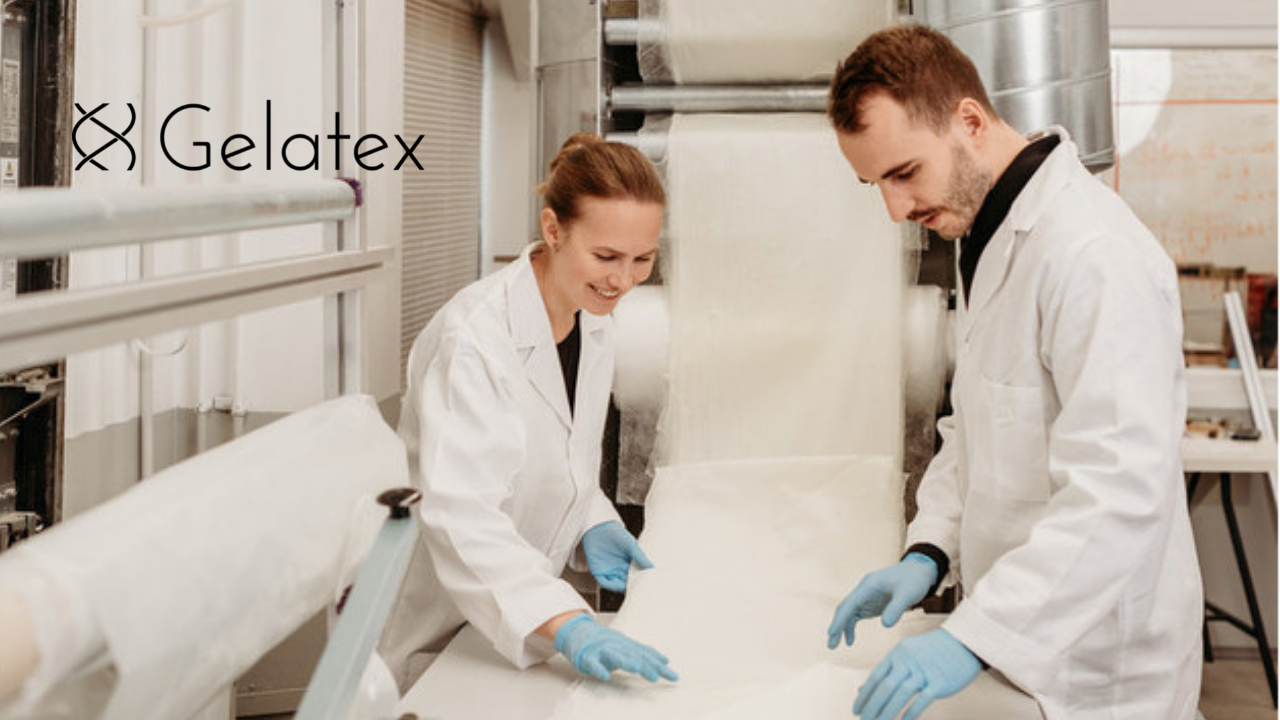In the eyes, mouth, and heart of the consumer, the nuances of a burger or steak order are usually limited to: “how well done would you like it?” So, the deepest level we usually focus on is how much we want something to be cooked—as this affects the taste and texture. What many don’t realize is how truly difficult it is to replicate that texture in meat knockoffs. The science is challenging, hence why Burger King has been able to come out with “The Impossible Whopper”, but Outback Steakhouse hasn’t introduced “The Unslaughtered Steak.
Have Your Steak & Eat It Too
Beyond Meat has been taking in a net revenue of $5.34 a pound for over a year now, with their third quarter revenues increasing 12.7% to $106.4 million in 2021. According to Statista, the global plant-based meat market value is expected to increase from $11.1 billion in 2019 to a projected $35.5 billion by 2027. So far, US-based companies have led the charge with the introduction of plant-based products. American brands such as Impossible Foods and Beyond Meat have fundamentally transformed the market with their burger patties and sausages made from plant proteins. They tout their lower GHG emissions, higher ethics, and great taste.
Enter Gelatex:
Gelatex has created a scaffolding technology that enables companies like Beyond Meat to produce plant-based meats that contain the exact same textures as the authentic meats we’ve come to love. This breakthrough surrounding textures in alternative meats solves one of the major issues facing this specific industry from significant consumer adoption. The implications are massive, as this will open up the opportunity for many more businesses to take advantage of initiatives and consumer trends that encourage utilizing waste materials and adhering to higher ethical standards of sustainability.
How Gelatex Works:
Gelatex’s nanofiber scaffolding is so revolutionary because, unlike conventional methods, it overcomes cost, scale, and structure challenges that inhibited the use of non-gelatin materials from being used in the process.
It can be helpful to think of nanofiber scaffolding in the same way as you would if observing a new building being constructed, just on a microscopic level. And like using a plastic beam to provide structure is going to hold up much differently than one constructed of concrete, the tissue of plants (“bio-based materials”) are innately different from the tissue structure that us mammals possess in both design and materials.
Market Need:
A crucial issue alternative-meat providers have struggled to overcome is how to successfully transform a plant into something that closely replicates actual meat. Texture has always been an issue that’s constrained plant-based product development to the boundaries of sausage and patty. When you visualize it, the differences in production are pretty clear. Ground up materials are much easier to use, but one can’t simply churn out the ultra-thin and tender fibers of meat on a spindle. This is what makes nanofiber scaffolding so constricting and developments in the technology so crucial.
Future Outlook:
Some of the issues holding consumers back from adopting plant-based alternatives with open arms have been taste and texture. No one wants to think about the random plants stuffed into a patty and spiced with a hint of paprika that’s taking the place of a cow and its methane farts.
A pivotal constraint holding producers back from supplying that potential demand has been the technology to produce a steak. Gelatex’s fills this gap, which will enable an entirely new category of alternative meat to open on grocery shelves and in restaurant kitchens.
Gelatex’s options to license their technology are endless. In the alternative meat category alone, they’ll likely be hunted by the likes of regular meat producers looking to compete even if it means cannibalizing their existing product lines. There will still be the leather and fashion industry for them to sell their technology too, and in the future they’re looking to also branch into tissue engineering.
Their key advantage is that there aren’t any other companies who have figured out how to jump the technological and practical hurdles of nanofiber production that Gelatex has. By licensing to producers, they are able to circumvent competing in the market and overall, enable the market as a whole to evolve.
About The Author

Stephanie holds a BBA in Supply & Value Chain Management and in Entrepreneurship & Innovation from TCU (Go Frogs!!) and minored in both Energy and History because… why not. After a stint in LA working in lean manufacturing for a large industrial company, her most recent educational foray was as a part of the LEAP program at Boston University to explore the field of Material Science & Engineering. Stephanie’s most recent work has been volunteering with a small DAC startup in Reykjavik called Carbon Iceland. Now, she’s living the dream working in supply chain as a Procurement Analyst at the carbon capture company, LanzaTech. An aspiring tree hugger, she hopes to spend the rest of her career aiding the massive societal transition to cleaner industrial and business practices– ideally through work pertaining to carbon capture, sequestration, and the processes’ byproduct utilization to unite her love of science, sustainability, business, and supply chain. In her free time she enjoys both the American and English versions of football, growing her working knowledge of plant cultivation, and reading.

